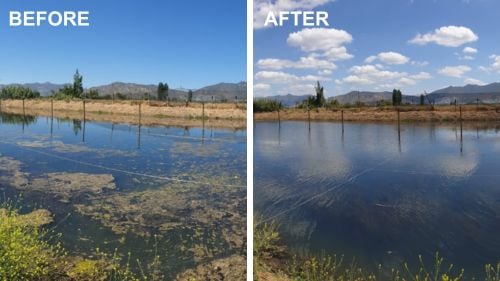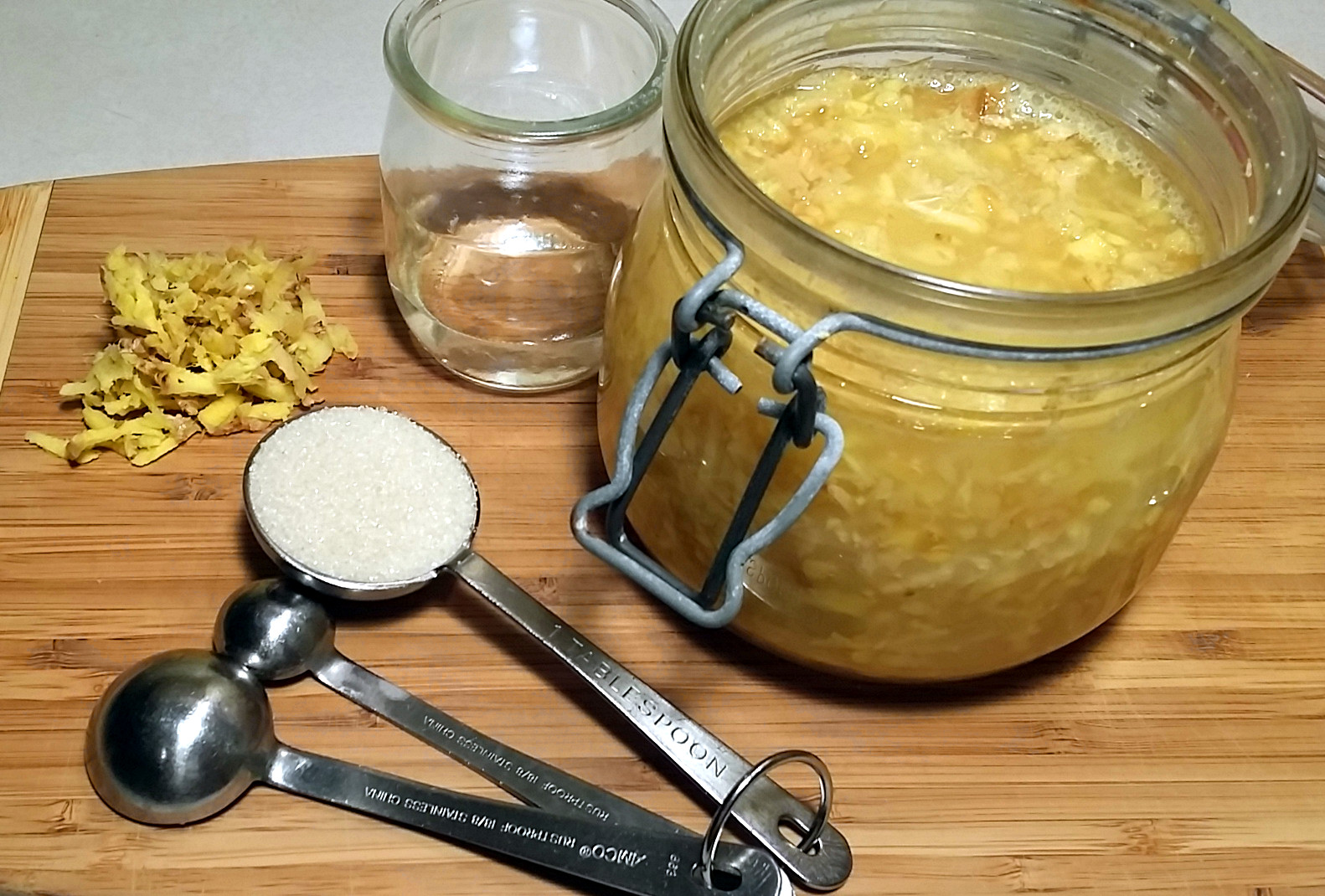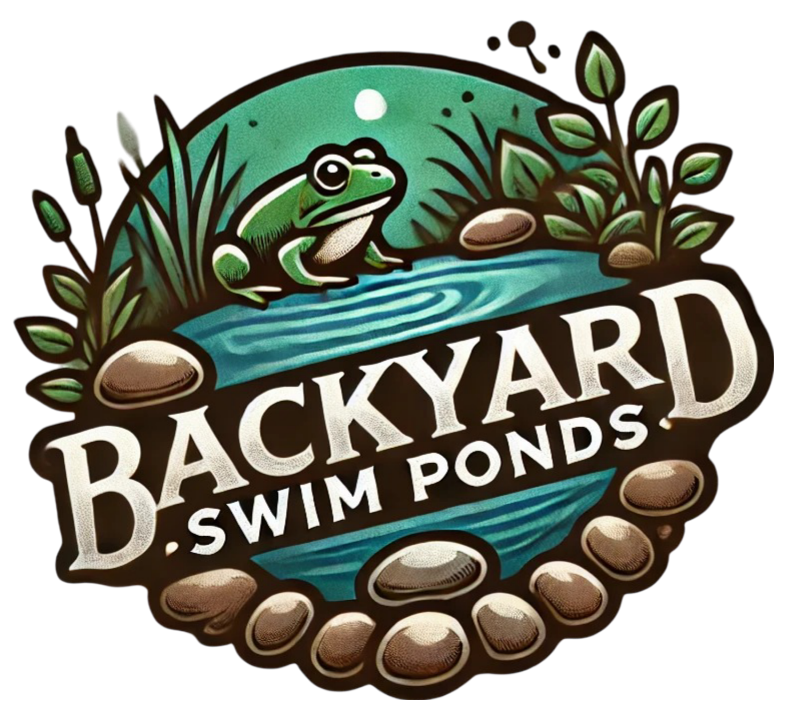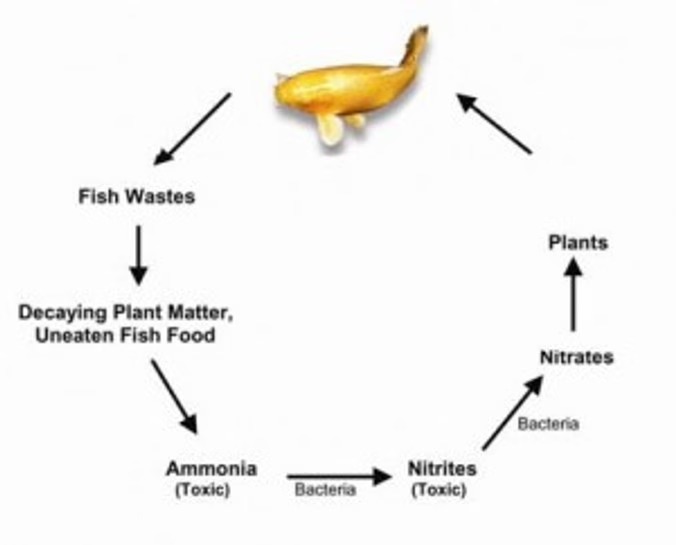For many pond enthusiasts and DIY gardeners, the dream is to have a clear, thriving pond that supports diverse aquatic life. One key to achieving that balance is utilizing beneficial bacteria. These microorganisms not only help manage algae growth but also play a vital role in maintaining water quality. This guide provides you with practical steps to brew your beneficial bacteria at home, helping to create a healthier environment for your pond or garden.
Understanding Beneficial Bacteria in Pond Ecosystems
Beneficial bacteria are essential in maintaining the health of your pond. These microorganisms break down organic matter such as decomposing leaves, fish waste, and excess nutrients, converting them into forms that aquatic plants can use. By doing this, they also help suppress the growth of harmful bacteria and algae.
Incorporating beneficial bacteria into your pond ecosystem has multiple benefits. They help control algae blooms by competing for nutrients, which keeps these unwanted organisms in check. Additionally, they can reduce harmful pathogens, fostering a safer environment for fish and other aquatic organisms. Ultimately, maintaining a balanced microbial community can lead to clearer water and a more vibrant ecosystem.
An infographic depicting the lifecycle of beneficial bacteria in pond ecosystems (Source: The Pond Shop)
Natural Solutions for Algae Control at Home
Managing algae growth naturally is achievable through DIY beneficial bacteria brews. Instead of relying on synthetic chemicals, you can cultivate beneficial bacteria that help keep algae in check. These bacteria thrive by consuming organic materials in the pond while limiting the resources available to algae.
Simple methods like brewing compost tea or creating lacto-fermented solutions are effective and manageable at home. There are many documented cases of home gardeners successfully reducing algae bloom using these DIY methods, resulting in clearer water and healthier aquatic plants.

Before and after images showing the effects of DIY solutions on algae bloom reduction in ponds (Source: Moleaer)
Gathering Ingredients for Homemade Bacteria Brews
Making your own beneficial bacteria brew requires only a few easy-to-find ingredients. For example:
- Rice: This staple can help you create lactobacillus cultures effectively.
- Ginger: An excellent option for making probiotic ginger beer.
- Milk: When used for yogurt cultures, it enhances soil health as well.
It’s essential to use dechlorinated water because chlorine can harm beneficial microbes. Fresh, preservative-free ingredients yield the best results, so focus on sourcing quality components for your brews.

An image showcasing the ingredients needed to create a ginger bug for beneficial bacteria brews (Source: Zero Waste Chef)
Crafting Bacteria Brews: Step-by-Step Recipes
Brewing your beneficial bacteria solution is straightforward. Here are a couple of recipes to help you get started:
-
Lactobacillus Culture:
- Ingredients: 1 cup of rice and 1 liter of water.
- Method:
- Rinse the rice and place it in a jar with the water.
- Allow the mixture to sit at room temperature for 5-7 days.
- Afterward, strain out the rice while retaining the cloudy liquid, which contains the beneficial lactobacillus bacteria.
-
Probiotic Ginger Beer Starter:
- Ingredients: 1 cup of water, 1 teaspoon of sugar, and 1 teaspoon of grated ginger.
- Method:
- Combine all ingredients in a sealable container.
- Every day, add 1 teaspoon of sugar and grated ginger for one week.
- Once bubbly, your ginger beer starter is ready to use.
As you brew, maintain a consistent temperature that falls between 68°F and 70°F (20-21°C) to support optimal microbial growth.

Image illustrating the process of brewing beneficial bacteria (Source: ScienceDirect)
Safety First: Best Practices for DIY Brews
When brewing beneficial bacteria at home, it’s important to prioritize safety. Here are some recommended best practices:
- Use well-decomposed compost to eliminate potential pathogens.
- Keep the brewing temperature between 68°F and 70°F (20-21°C) for optimal microbial activity.
- Always use dechlorinated water to protect beneficial microorganisms.
- Regularly test the pH of the brew, aiming for a target range of 6.5 to 7.5.
- Apply your brew while fresh—ideally within 24-36 hours after brewing—for maximum effectiveness.
Following these guidelines will enhance the safety and efficacy of your beneficial bacteria solutions.

Infographic detailing essential health and safety tips when brewing beneficial bacteria at home (Source: DuraLabel)
Comparing DIY Brewing to Commercial Products
You may be wondering if brewing your own bacteria is as effective as buying commercial products. Here’s how they stack up:
- Cost: DIY brewing is often more affordable than purchasing commercial solutions.
- Customization: You can tailor your brews to address specific issues in your pond or garden.
- Environmental Impact: Homemade solutions use natural ingredients and reduce waste.
That said, commercial products typically undergo rigorous testing and quality control, ensuring their effectiveness. Relying solely on microbial inoculants may not be as beneficial as implementing comprehensive gardening practices.

A chart illustrating the benefits of homemade versus commercial microbial solutions for gardening (Source: MDPI)
Real-Life Success Stories with DIY Beneficial Bacteria
Many gardeners have successfully used DIY beneficial bacteria brews. For instance:
- A community garden in Seattle reported a 27% increase in tomato yields after applying homemade compost tea.
- Small-scale organic farmers have found reduced pest populations and improved soil health through their own brews.
These examples demonstrate how effective home brewing can be when you apply consistent methods. Overcoming challenges like pest infestations or poor soil quality is often achievable with the right approach and dedication to making and using your brews.

A happy gardener showcasing the results of using DIY beneficial bacteria in their garden (Source: StockCake)
Conclusion: Taking Steps Towards a Healthier Pond
Embarking on the journey of brewing your own beneficial bacteria solutions is both rewarding and practical. The microbes in these brews can significantly improve water quality, control algae naturally, and support healthy plant growth.
Don’t hesitate to experiment with recipes and find what works best for your specific pond environment. By following safe practices and observing the effects of your efforts, you’ll foster a thriving ecosystem in your pond or garden.

An encouraging image for gardeners eager to explore the benefits of DIY solutions (Source: Wix)

